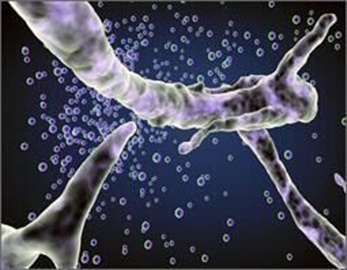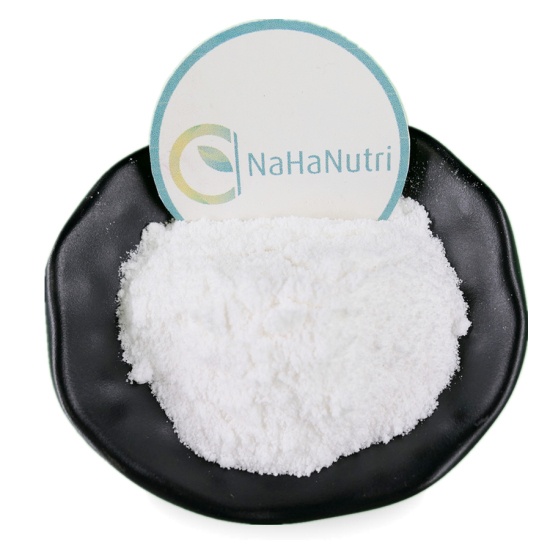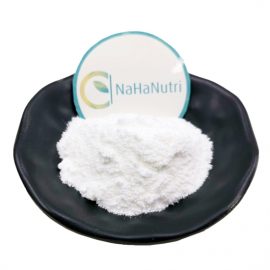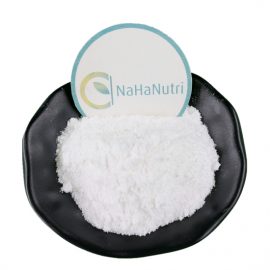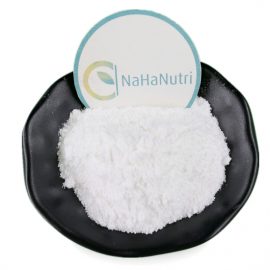A basic information
L. rhamnosus belongs to the genus Lactobacillus, gram-positive bacteria, no plasmid, no spore production, no flagella, no movement, facultative anaerobic bacteria, cannot use lactose, and can metabolize monosaccharides.
Product specifications
Active lactic acid bacteria content ≥ 10 billion cfu / g, packed in aluminum foil bag, 1 kg / bag.
Strain characteristics
1. Isolated from dairy products and healthy human intestines;
2. Improve body immunity and prevent allergic diseases (allergies);
3. Reduce serum cholesterol and blood lipids, prevent cancer and inhibit tumor growth;
4. Promote intestinal peristalsis, regulate intestinal flora, maintain intestinal flora balance, and inhibit diarrhea;
5. Prevent vaginal infection and urogenital infection and improve liver function.
Size and colony morphology
1. Size Under the electron microscope, the cell size is generally 0.6 ~ 0.9 × 1.5 ~ 6.0μm. The bacteria are usually slender rod-shaped, without flagella, and do not move, as shown in the figure:
2. Colony morphology On MRS solid medium, the colonies formed are small, the colonies are rough, grayish white, and sometimes slightly yellow.
Suitable for growing environment
The optimum growth temperature is 30 ° C to 40 ° C, the lowest growth temperature is 19 to 21 ° C, the optimum pH is 5.5 to 6.2, the initial growth pH is 3.0 to 7.0, and the acid resistance is strong.
Growth characteristics
1 culture characteristics: culture in the laboratory, can be cultured with MRS medium.
2 Biochemical properties: Can ferment a variety of sugars. If sugar, galactose, glucose, arabinose, cellobiose, lactose, maltose, rhamnose, ribose, mannitol, etc. can be fermented, xylose and raffinose cannot. Be fermented.

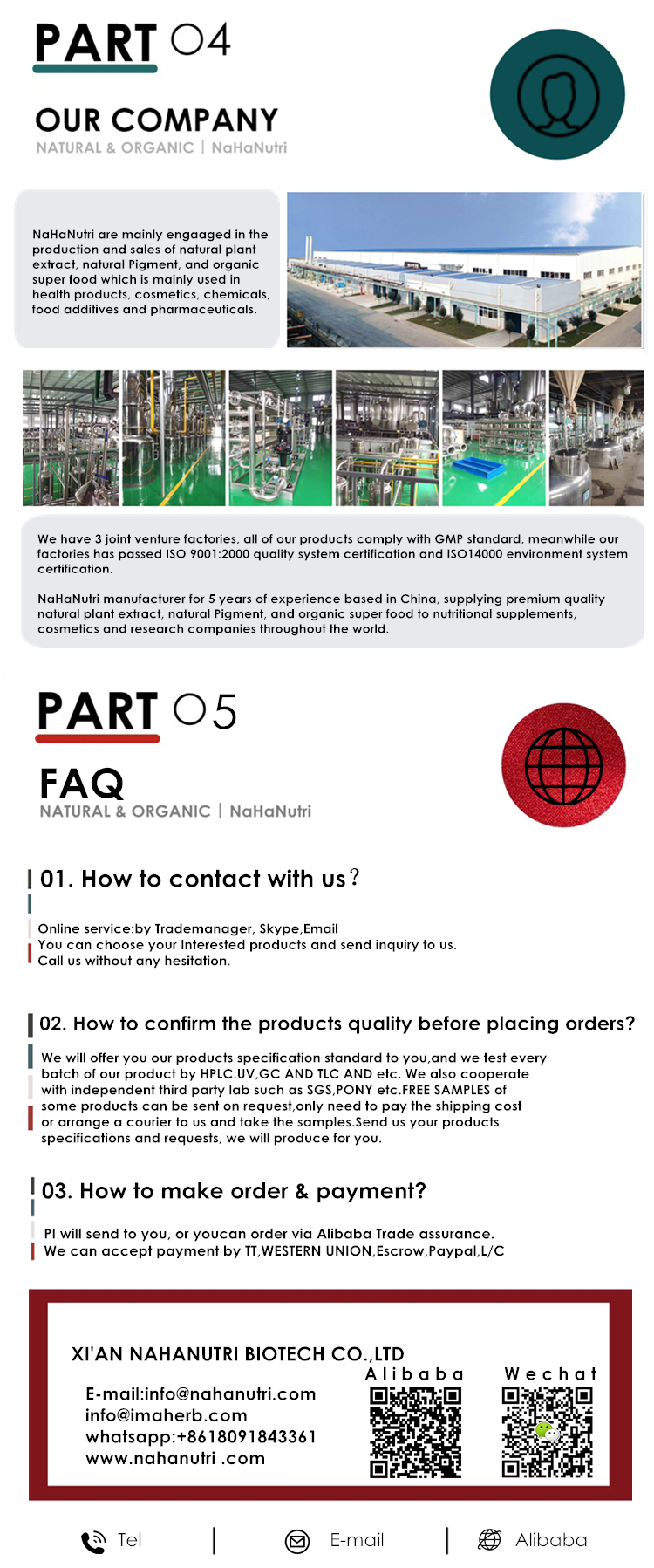
Lecithin

